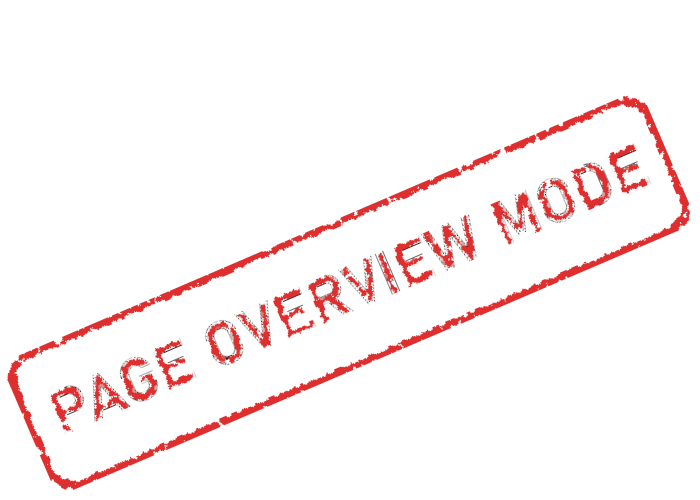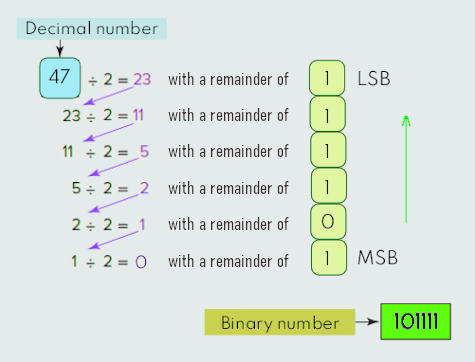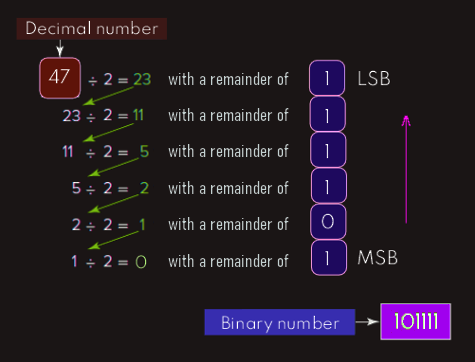
One of the important features of a PLC is the ease with which the program can be modified. For example, if the change requires that the manual pushbutton control be permitted to operate at any pressure, but not unless the specified temperature setting has been reached, shown in relay ladder diagram for the modified process below, it wouldn't be complicated to reprogram the PLC, accordingly. 
So, if a relay system were used, it would require some rewiring of the circuit to achieve the desired change. However, if a PLC system were used, no rewiring would be necessary. The inputs and outputs are still the same. All that is required is to change the PLC ladder logic program, shown above on the right figure.
The four most commonly used industrial controllers are:
- PLCs - programmable logic controllers, a microprocessor-based devices that can be used to control components of industrial systems, such as electric motors, conveyors, robots etc.
- PACs - programmable automation controllers that combine PLC ruggedness with PC functionality. Using PACs, we can build advanced systems incorporating software capabilities such as advanced control, communication, data logging, and signal processing with rugged hardware performing logic, motion, process control and vision.
- DCSs - distributed control system, where many different controllers are used in different locations to control various parts of the system. These systems are generally used in power plants, oil refineries and chemical production facilities.
- RTUs - remote terminal unit or remote telemetry unit, that provides multiple communication options for monitoring remote assets, such as radio towers or pipelines.
Number Systems and Codes
Using PLCs requires us to become familiar with other number systems besides decimal. Some PLC models and individual PLC functions use other numbering systems, including binary, octal, hexadecimal, BCD, Gray, and ASCII codes.
The technique to represent and work with numbers is called number system.
Decimal number system
Decimal number system is a base 10 number system having 10 digits from 0 to 9. This means that any numerical quantity can be represented using these 10 digits. Decimal number system is the most common number system, it is also a positional value system. This means that the value of digits will depend on its position.
Let us, for example, have three numbers – 734, 971 and 207. The value of 7 in all three numbers is different:
·In 734, value of 7 is 7 hundreds or 700 or 7 × 100 or 7 × 102
·In 971, value of 7 is 7 tens or 70 or 7 × 10 or 7 × 101
·In 207, value 0f 7 is 7 units or 7 or 7 × 1 or 7 × 100
The weightage of each position can be represented as follows:
105 104 103 102 101 100
In digital systems, instructions are given through electric signals; variation is done by varying the voltage of the signal. Having 10 different voltages to implement decimal number system in digital equipment is difficult. So, many number systems that are easier to implement digitally have been developed.
Binary number system
The easiest way to vary instructions through electric signals is two-state system – on and off. On is represented as 1 and off as 0, though 0 is not actually no signal but signal at a lower voltage. The number system having just these two digits – 0 and 1 – is called binary number system.
Each binary digit is called a bit.
Binary number system is also positional value system, where each digit has a value expressed in powers of 2:
25 24 23 22 21 20
In any binary number, the rightmost digit is called least significant bit (LSB) and leftmost digit is called most significant bit (MSB).
11010
- MSB
- LSB
And decimal equivalent of this number is sum of product of each digit with its positional value.
110102 = 1×24 + 1×23 + 0×22 + 1×21 + 0×20
= 16 + 8 + 0 + 2 + 0
= 2610


Computer memory is measured in terms of how many bits it can store.
· 1 byte (B) = 8 bits
· 1 Kilobytes (KB) = 1024 bytes
· 1 Megabyte (MB) = 1024 KB
· 1 Gigabyte (GB) = 1024 MB
· 1 Terabyte (TB) = 1024 GB
· 1 Petabyte (PB) = 1024 TB
· 1 Exabyte (EB) = 1024 PB
· 1 Zettabyte (ZB) = 1024 EB
· 1 Yottabyte (YB) = 1024 ZB
So, looking into digital circuit, it is easy to distinguish between two voltage levels (i.e., +5 V and 0 V), which can be related to the binary digits 1 and 0, represented below. 

Octal number system
Octal number system has eight digits – 0, 1, 2, 3, 4, 5, 6 and 7. Octal number system is also a positional value system with where each digit has its value expressed in powers of 8.
85 84 83 82 81 80
Decimal equivalent of any octal number is sum of product of each digit with its positional value.
7268 = 7×82 + 2×81 + 6×80
= 448 + 16 + 6
= 47010
Hexadecimal number system
Hexadecimal number system has 16 symbols – 0 to 9 and A to F where A is equal to 10, B is equal to 11 and so on until F. Hexadecimal number system is also a positional value system with where each digit has its value expressed in powers of 16.
165 164 163 162 161 160
Decimal equivalent of any hexadecimal number is sum of product of each digit with its positional value.
27FB16 = 2×163 + 7×162 + 15×161 + 10×160
= 8192 + 1792 + 240 + 10
= 1023410







